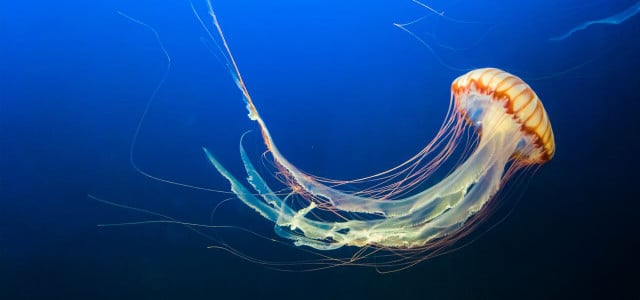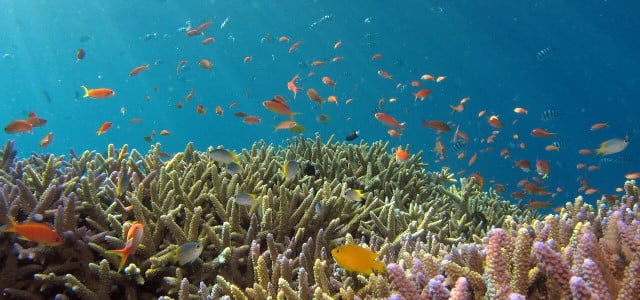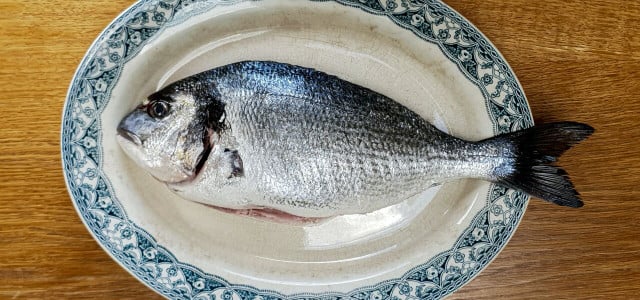Can you eat jellyfish? Why should or shouldn't you? Here is everything you need to know about their nutritional value, safety and environmental impact.
The answer to “Can you eat jellyfish?” is a very straightforward “yes.” Jellyfish have graced our plates for over a millennium, prized for their unique, slightly chewy yet crunchy and squishy texture. With a mild, slightly salty flavor, they’re often dressed up with seasonings and sauces. But why would anyone eat jellyfish, and more importantly — should we?
The jellyfish debate encompasses concerns about the economy, environment and human health. Some argue that jellyfish consumption has multiple benefits. With only 11 known edible species, the most common being the blue blubber (Catostylus mosaicus) and the cannonball jellyfish, the world of edible jellyfish remains a culinary enigma.
Is It Safe to Eat Jellyfish?
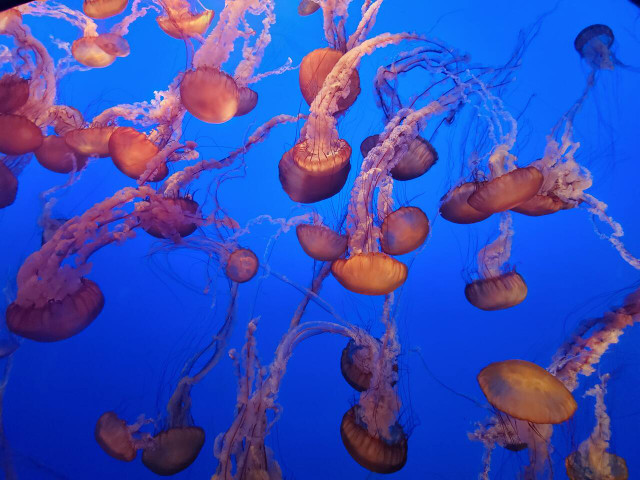
(Foto: CC0 Public Domain / pexels - Nidhi Shah)
Scientists at the University of Florence assert a “good level of safety” regarding the allergenicity and microbiological risks of eating jellyfish. According to one paper, at least some jellyfish can even be safely ingested by “patients with crustaceans, cephalopods and fish allergy.” However, while rare, jellyfish allergies exist. There has been at least one reported case of anaphylaxis after the consumption of a jellyfish. If you suspect you might be allergic, consult your doctor before indulging.
However, chemical safety depends on the waters they inhabit. Ensure your jellyfish comes from federally regulated and approved waters or consult the FDA’s Fish and Fishery Products Hazards and Controls Guidance report.
The Surprising Health Benefits of Jellyfish
Don’t be fooled by their 95% water content — jellyfish are packed with active proteins. Desalted jellyfish contain 4-5% protein, including collagen, which aids in antioxidant and anti-inflammatory processes. Plus, they’re low-calorie!
Human health is not the only consideration, however. Some people claim that eating jellyfish could help the environment.
Environmental Effects of Eating Jellyfish
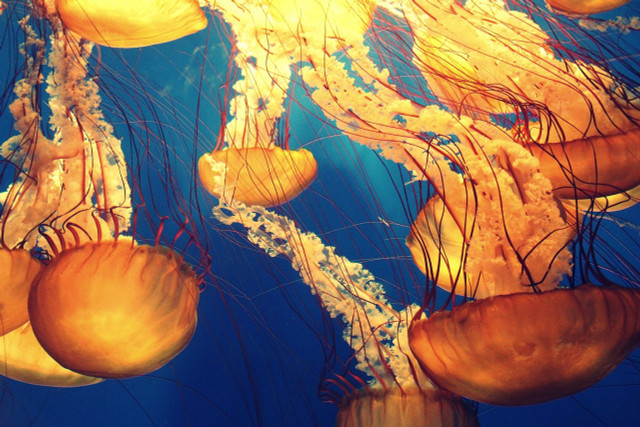


(Foto: CC0 / Pixabay / Pexels)
Renewability: Marine biologists consider jellyfish a “renewable species” due to their rapid, efficient reproduction at multiple life stages. They release copious amounts of egg and sperm, creating floating polyps that can spawn new jellyfish at any time. Their natural ability to reproduce quickly and increase in population makes them a potential alternative to traditional seafood.
Overfishing: As a result of overfishing, 91 globally threatened species have been caught in industrial fisheries, with 73 targeted specifically. Environmentalists see jellyfish as potential solutions to overfishing, as they benefit from overfishing — fewer predators and more food allow them to reproduce rapidly. Harvesting jellyfish rather than other seafood could help control their population and revive endangered species.
Biodiversity: Jellyfish threaten biodiversity in certain ecosystems due to unchecked population growth. The United Nations’ IPCC report emphasizes the importance of biodiversity in developing climate change resilience. Jellyfish blooms and rising populations could jeopardize that goal.
Want to learn more about biodiversity and why it’s essential for a healthy planet? Read The 3 Types of Biodiversity Explained, then read 5 Threats to Biodiversity and What You Can Do.
The Human Impact: Marine biologist Fabien Lombard contends that consuming jellyfish won’t solve the problem, as their rapid reproduction and continued blooms make reduction efforts futile. While eating jellyfish might address some contributing factors, such as overfishing, it’s not the ultimate solution.
The Ethical Dilemma
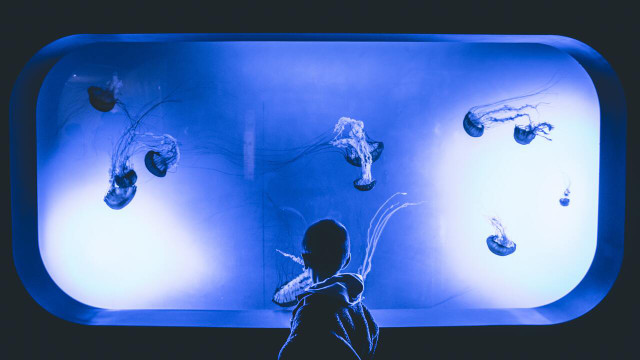


(Foto: CC0 Public Domain / pexels - Jeswin Thomas)
For people who are vegetarian or vegan because they see the consumption of animal products as unethical, the ethics of jellyfish consumption remain uncertain.
Some scientists argue for the environmental benefits of replacing certain dietary components with jellyfish. However, the ethics of killing an animal ultimately lie with the consumer. While jellyfish lack a brain and respond to stimuli as a single neural network, their ability to avoid harm suggests some level of awareness.
The verdict on eating jellyfish? It’s up to you. The discourse varies, but all sides agree: more research is needed. So, whether you’re diving into a plate of jellyfish or just exploring the idea, remember to consider the many facets of this fascinating, eco-friendly delicacy.
If you do want to try this uncommon ingredient, a simple way to test it out can be thinly sliced on top of a salad, in a stir-fry, ceviche or in spring rolls.
Read more:
- 7 Best and Worst Pond Fish: What to Look Out For
- Vegan Calamari Recipe: Make It Taste Like the Real Thing
- Swai Fish: 5 Reasons Not to Eat Pangasius
- Vegan vs. Vegetarian Diets: What are the Benefits and Differences?
Do you like this post?






